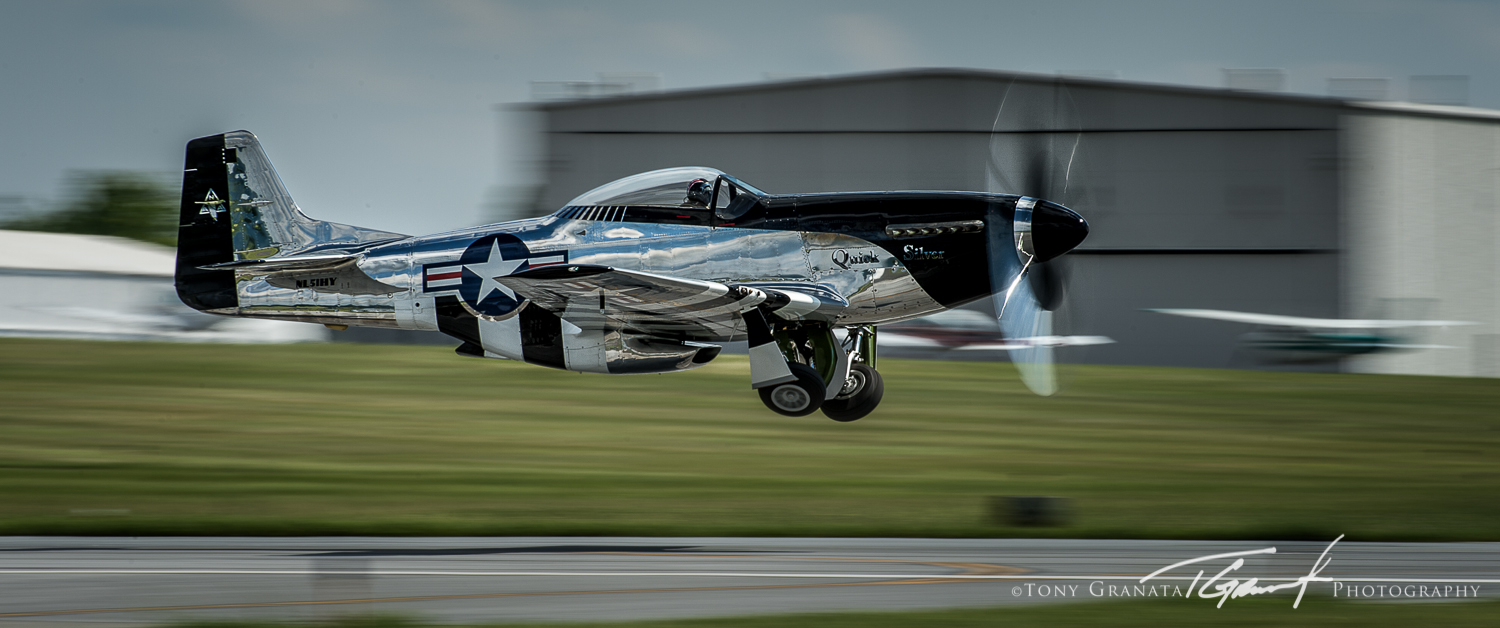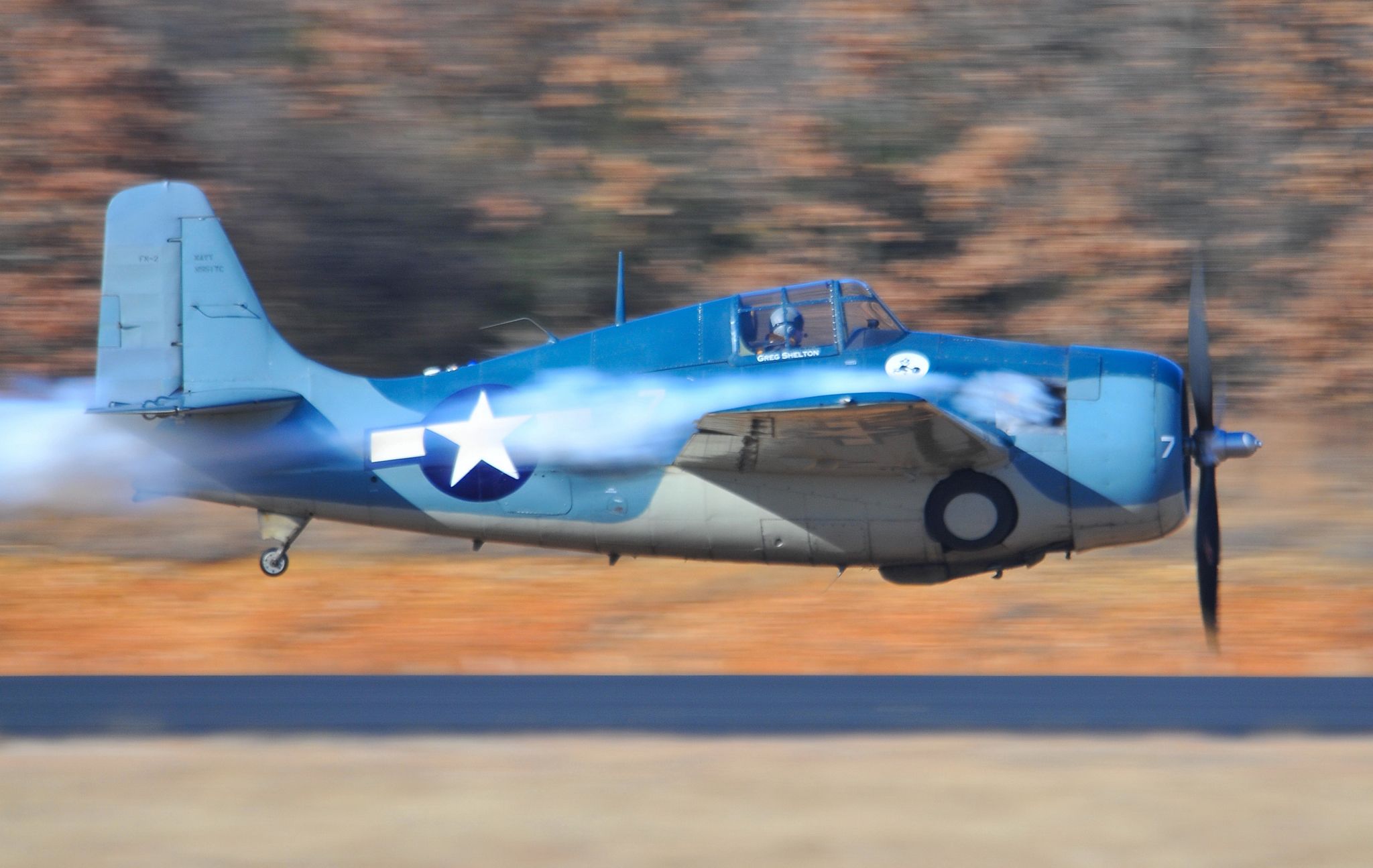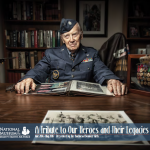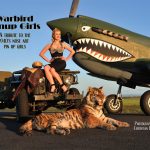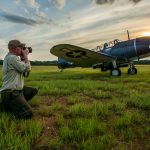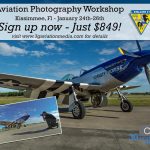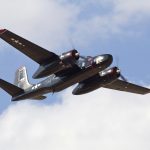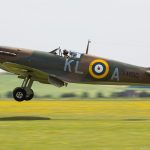Panning is such an essential technique in photography. It is so important, it must be practiced over and over again! When you feel you have a solid panning technique, you need to then push it forward. We have asked to some of the best warbird photographers to give us their feedback and tips on how to give the perfect ‘panning effect’ to our photos.
Douglas Glover
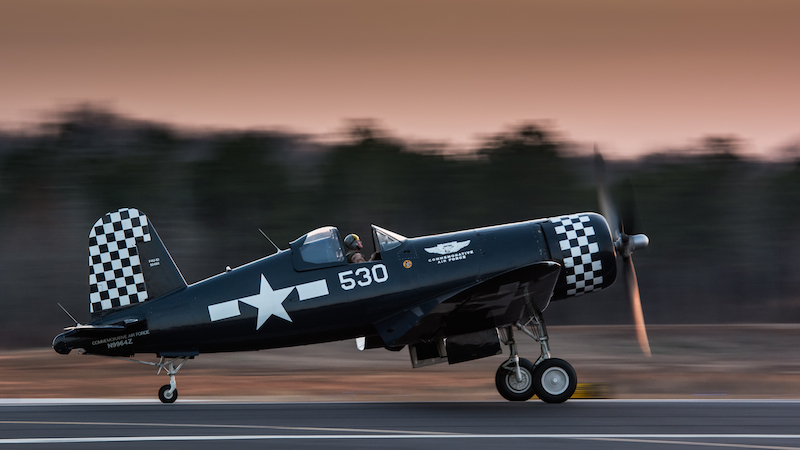
Part of the technique that aspiring shooters miss is that the RATE of your pan increases dramatically as the subject reaches the closest point of approach with the photographer. If you want to capture these images with beautifully blurred backgrounds and sharp subjects, you can’t just attempt to MATCH the apparent speed of the subject, you have attempt to EXCEED it! This is because in the last few moments before the subject passes by, your brain is working overtime to compensate for what you see through the viewfinder, which results in your rate of pan falling behind that of the subject, and thus your subject is ALMOST sharp, or worse yet, you crop part of the forward airframe out of the frame! In aerial combat this is referred to as “Daring to be early”, meaning that if you intentionally strive to lead the target, you can be assured that you won’t lag behind it! So what does this mean in practice? Place the subject where you want them in the viewfinder with the appropriate focus point / mode, and as your perspective changes from the forward half of the aircraft to seeing mostly the side, then FORCE yourself to pan the camera slightly faster than what you are seeing. You will be surprised at how this forced overcompensation results in you actually matching the subject with the correct panning speed!
Doug Glover has spent the entirety of his adult life around aviation, both military and civilian. While traveling the world, he has been blessed with the unique opportunity to capture aviation subjects in a wide variety of environments. Whether shooting against the backdrop of a coral-encrusted Pacific atoll or the snow-covered Mogollon rim, Doug’s images seek to juxtapose the beauty of nature and aviation, thereby creating a work that is greater than the sum of its parts.
Doug’s photography has been published internationally in both magazines and books, and his fine art prints reside in the collections of aviation enthusiasts worldwide.
Doug’s equipment:
Camera: Nikon D7100 – Click HERE to find out more about this camera.
Lens: Nikkor 70-200mm f2.8 VR-II. Click HERE to find out more about this lens.
His work can be found at http://www.fox3photo.com
Tony Granata
As many have said getting good with your panning technique is not something mastered in a day but nor is it something that once you get good at, sticks with you like riding a bike. As photographers we need to ensure that we allow time for ourselves time to practice in situations where you can miss the shot and learn from it to ensure that when you need to nail it, you can! I have worked on my panning skills over years by taking suggestions from others and modifying it to what works best for me however the basics are the same. Tips like leading the subject, remembering to shoot through the pass and not stopping mid pan, keeping your elbows tucked against your body to help create a steady platform for your camera. But what I think is most important is to make sure at least once a month I head out to the local airport and shoot for an hour or two in order to PRACTICE my technique, even more so if I have added a new piece of equipment. I often start off with shutter speeds in the range of 1/125th per second and then work towards slower speeds from there, typically down to about 1/60th or 1/40th to really blur the background. I also remember to change up my lens and shoot not just with the Nikon 70-200mm but also the 200-400mm as well making sure I am comfortable which each. Even changing camera bodies has had effect on my panning skills having found that with the larger D4 body my success rate is higher than with the D800 (and not just from the frames per second rate) but because of my grip on the camera.
If you don’t have access to a local airport find a roadway where you can safely shoot from either a parking lot or sidewalk and practice as cars go by. It doesn’t really matter what the subject is, the technique is the same but the likelihood of getting a tack sharp subject and creating that sense of movement with a blurred background goes way up with practice!
Tony Granata is a professional photographer from Clinton, New Jersey. Through his years of work, he has developed a passion for exploring light and its interactions with all aspects of life. Tony has been a WWII history buff for as long as he can remember. Growing up, he could not get his hands on enough information regarding the era, especially when it came to its war birds. A few years ago he started taking what he had learned from exploring with photography and applying it to aviation.
Tony has been published in several media publications and is also a contributing photographer with NY on Air, a premier aerial photography and cinematography team based in New York City.
Tony’s equipment:
Camera: Nikon D4 – Click HERE to find out more about this camera.
Lens: Nikkor 200-400mm f/4G ED AF-S VR-II Zoom. Click HERE to find out more about this lens.
His work can be found at http://www.tgranata.com
Scott Slocum
Not unlike a golf swing, your stance and the way you track your subject with your body can make or break a hand held pan shot. Anticipating your subjects path, like a warbird photo pass for example, position your feet and body facing the apex or what you believe the center of the pass will be. Then swivel your upper body left and right from there, not moving your feet other than to twist them in position as you track your subject. Tucking your elbows in and squeezing the camera to your face while looking through the camera, forms a “tripod effect” helping you keep the camera steady as you track the subject. As a general rule for beginners, your shutter speed should be no slower than the size of your lens. As you become better at panning you can bring the shutter speeds down.
Paul “Scott” Slocum was born in Dallas, Texas in 1961 and still lives there today with his wife Katherine and daughter Taylor. Scott took a photography class in his senior year in high school as he thought it would be an easy credit. Scott fell in love with it the first semester and hasn’t stopped since! His love of aviation and warbirds goes back to his father and uncle taking him to CAF air shows when he was young.Today Scott shoots for many different magazines and clients with over 26 covers to date. His company, Aero Marketing Group specializes in aviation marketing focusing on visual communications. In addition, AMG started a project called mybombshells.com
Scott’s equipment:
Camera: Nikon D7100– Click HERE to find out more about this camera.
Lens: Nikkor 80-400mm f/4.5-5.6G AF-S VR Nikkor ED Lens. Click HERE to find out more about this lens.
His work can be found at Aero Media Group








